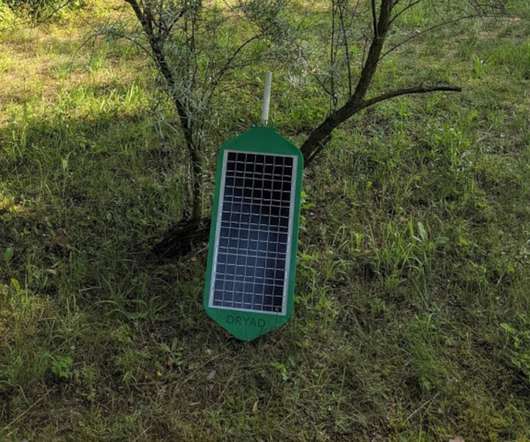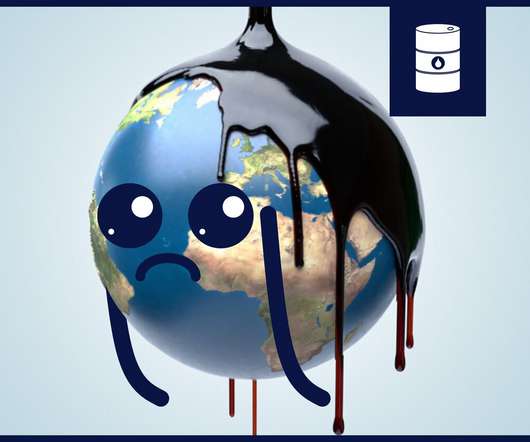Gas sensor network provides early wildfire detection
Envirotec Magazine
JULY 19, 2021
The “solar-powered digital nose” in situ. The first live demonstration of the group’s Silvanet system of solar-powered gas sensors was recently conducted successfully in a forest near Berlin, says the firm. By adding additional sensors, the network can also be used to monitor tree health and growth.















Let's personalize your content